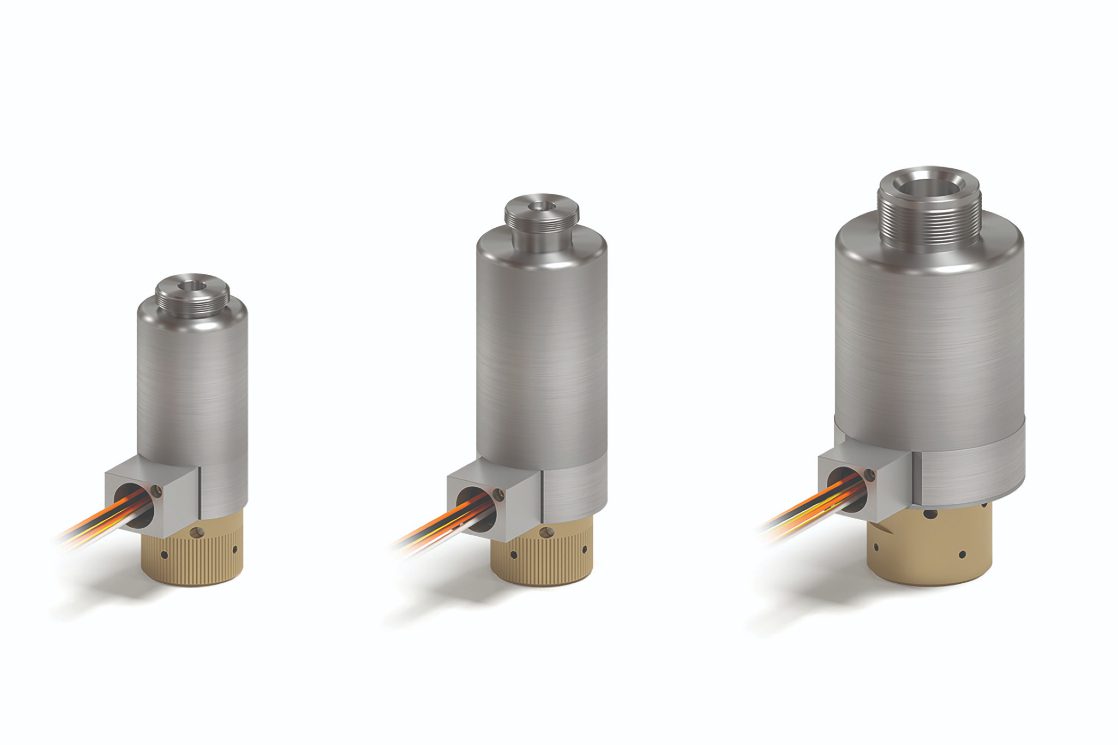 Mikael Westerlund, CTO of Savox Communications, explains how industrial disasters pose unique and numerous challenges for search & rescue teams and fire brigades alike
Mikael Westerlund, CTO of Savox Communications, explains how industrial disasters pose unique and numerous challenges for search & rescue teams and fire brigades alike
Deploying to scenes of devastation following earthquakes, tornadoes and hurricanes and getting a search started at the earliest possible time is the typical stuff of USAR (Urban Search and Rescue) team work and equipment deployment. Where fire plays a part in structural failure and building collapse, however, it’s not always possible for USAR teams to get started until the fire services have a situation under control.
Scene setting – Bosley Mill Disaster
On Friday July 17 2015, just after 0900hrs, an explosion at the Wood Treatment Limited wood mill in Bosley, Cheshire, UK, resulted in a major fire and structural collapse incident. Some 15 fire appliances were on the scene by 1030hrs by which time it was known that two explosions had taken place and four wood mill employees were missing, presumed trapped. The cause of the explosion was the ignition of wood dust, or ‘flour’, produced at the plant to make wood-laminate flooring; also present were quantities of heating oil, kerosene, acetylene and asbestos adding to the combustibles and dangerous chemicals on site.
When materials such as grain or wood are handled in an industrial scenario the creation of dust is inevitable. When that dust is confined in an enclosed space with a good source of oxygen in the air, the only thing missing to create a dust explosion is a spark or ignition source. This might come in the form of static build-up due to a storm front, or an unnoticed mechanical malfunction of a piece of equipment causing a spark or heat build-up.
Exactly what the source was in Bosley on that first morning is unclear, but the Cheshire Fire Brigade described as ‘fully developed’, fires in several areas of the site from the outset. It was also ascertained early in the chaos that a four-storey building had collapsed among the devastation. With the prospect of further explosions the fire services had to proceed with extreme caution, the main method of fighting the fires being the use of water.
As the fire crews tackled the fire and first injured were transferred to hospital, (some 35 people suffered injuries of varying severity), three regional USAR teams were called on by late morning to attend the scene. By 1800hrs it was clear that the ‘large multi-agency team’ that was now gathered, including USAR teams from Merseyside and Lancashire, would have to remain at least over the weekend. Both these teams were equipped with a number of Searchcam 3000s and LD3-4 Delsar life detection systems from Savox Communications, which were used on many occasions throughout the incident.
The Cheshire Fire Brigade continued pouring huge quantities of water on the fires, including the silos containing wood flour that was still burning and stated on that first day that its crews were ‘working tirelessly to ensure that search and rescue teams could safely access the site’ as soon as possible to search for those missing.
By 0730hrs on July 18, almost 24 hours after the first explosion, the specialist USAR teams began initial assessments. Shortly after, the county’s search dog, Bryn, and his handler began work, with other search dogs joining later. By lunchtime, SAR efforts were well underway, the manual work involved in finding those missing aided as much as possible by the use of the Savox search and rescue cameras as well as the life-detection systems.
The following day, demolition and specialist heavy lifting gear were used to clear a path to the search area at the centre of the site for the USAR teams. During the night, USAR teams had discovered a body in one of two key areas that had been identified as ‘of interest’ by Bryn. USAR efforts continued through the 20th alongside the fire-fighters who were continuing to cool the site, though with the number of fire crews now reduced to five.
With the reality of the situation apparent, USAR teams went from search and rescue to search and recovery mode. By lunchtime on July 21 a second body had been found.

At 1630hrs that day it was announced that work within a collapsed structure on the site had begun though dark, humid and smoky conditions inside were more challenging than ever.
After three of the silos were removed on July 22 this enabled further search and recovery work on July 23 in an area that had been focused on by search dogs early on.
On the morning of July 27, a fresh USAR team from West Yorkshire arrived on site to replace the crews from Lancashire who, like their Merseyside counterparts, had attended since the start. The Merseyside USAR group remained and continued working with the West Yorkshire team. A full two weeks after the incident began on July 31, the USAR teams were still working 24/7 to locate the missing, while fire-fighters continued to monitor and cool the site. USAR teams remained onsite throughout August.
Equipment deployed – fire impact
With the devastation and dangerous chaos at Bosley, the use of dogs at an early stage was essential and proved exacting in locating two of the victims later; trained SAR dogs, like Bryn, are responsible for a many victim-location SAR successes. Also deployed at Bosley, however, were technical search tools, including Delsar seismic/acoustic life-detection equipment and SearchCam 3000 telescopic cameras. Both these were used in combination during the SAR phase. Once the recovery phase had begun, however, the SearchCam 3000 stood alone in the ongoing search for the missing.
Using the life-detector system in the SAR phase it was, of course, hoped to locate live victims in the rubble pile, with the seismic sensors designed for attaching to beams, or girders, or other surface on which they can detect any sound vibrations generated by a victim. They can also be pushed firmly into the ground using a screw-in spike, with magnetic attachments also able to attach the sensors to steel structures at any angle. The system then converts the sound vibrations into electrical signals, which the operator’s headset turns into acoustic signals, which he/she can then hear clearly. A display also shows signals in visual form.
Delsar is widely recognised in the industry as probably the most powerful such tool available for USAR purposes. It offers full frequency spectrum monitoring that enables an operator to detect everything from the lowest frequency hum, to the highest pitched screech. However, as with all such seismic sensors operating in a wet situation where the fire brigade uses vast amounts of water to drench a fire, by putting so much of ‘the wet stuff on the red stuff’ creates ‘dripping’ throughout a rubble pile and this can cause false alerts. Dripping creates acoustic sounds and while these sensors will also hear people yelling, the sound that propagates best is a person tapping a pattern to try and attract attention, such as ‘one two, one two three, one two, one two three’. That way, the sensor will distinguish a victim’s noise from the steady ‘drip-drip-drip’ pattern of water dripping, although the USAR operator will have to use his/her experience and training to distinguish between them in a post-fire scenario.
It also makes sense in such a scenario to start by deploying just a single sensor to try and pick up such sounds as someone shouting for help rather than tapping, due primarily to the presence of so much water. Once such audio is picked up, more sensors can be deployed to home in on the source. Training will also help the life-detection sensor operator to recognise sounds from the pile that are caused by natural thermal changes due to a wide range of substances contracting and expanding with heat and cooling effects.
www.savox.com
Didcot collapse footnote
At time of writing a major ‘partial’ building collapse during demolition work has led to one death and three missing at the decommissioned Didcot Power Station in Oxfordshire, UK.
Three USAR teams from Buckinghamshire, Hampshire and the West Midlands have deployed to the scene and are conducting specialist search operations. Each of the teams is equipped with both the Savox Delsar Life Detector and the Savox SearchCam 3000, which are being used as the scenario unfolds. Drones and sniffer dogs are also being used in the search. Sadly, at this time, Oxfordshire Fire and Rescue Service’s chief fire officer, David Etheridge has been reported as saying that ‘no signs of life have been detected’.










